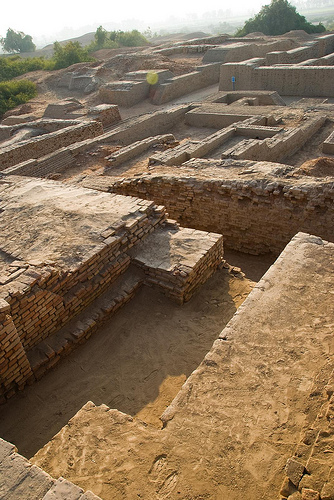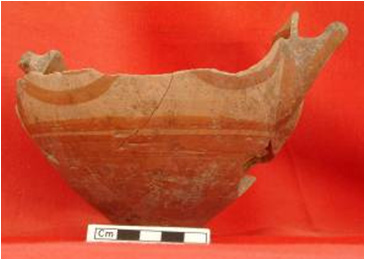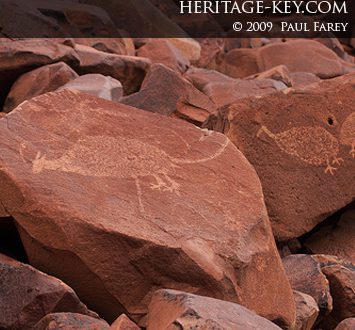
The Borovo Treasure was accidentally discovered in 1974, when a field about 2 kilometres from the village of Borovo, Ruse (Bulgaria) was ploughed. Sadly, the plough machine’s cutting implements severely damaged the five silver artefacts, but thanks to great restoration work, nowadays their ‘scars’ are nearly invisible. No tumulus was found at the location, and why the silver treasure was buried here remains a mystery.
The Borovo Treasure is a luxurious five-vessel silver gilted drinking set – decorated with gold. It consists of three rhytons (ending in the protomes of a horse, a bull, and a sphinx), and a large two-handled bowl, decorated with a relief of a griffin attacking a deer. The fifth artefact is a richly ornamented amphora-jug. Two bands in relief depicting scenes connected with the cult of Dionysus. On the upper frieze the god is tearing animals to pieces, and chasing satyrs or being chased by them and we can see Dionysus with Ariadne. On the lower part the god marries Ariadne, who unbinds her belt. Hercules is depicted as well, holding a rhyton similar to those of the Borovo Treasure.
The treasure bears an inscription in Greek letters with the name of the Thracian king Kotys I who reigned the Odrysian Kingdom from 383 to 359 BC and that of the craftsman Etbeos. The inscription – on the sphinx-headed rhyton – reads as follows: “[Belongs to] Cotys from [the town of] Beos.” It gives grounds to assume that the treasure set was a gift from the king of Thrace Cotys I (382-359 BC) to a local Getic ruler. Both historical sources and archaeological findings prove that ritual gift giving in ancient Thrace was popular. Partly because of this inscription, the Borovo treasure is dated to the mid 4th century BC.



